The Arctic Intersection: Site of the Next Collision with Russia?
Arlington, VA | March 30, 2022 — The Mitchell Institute for Aerospace Studies announces a new entry in its Forum…
Arlington, VA | March 30, 2022 — The Mitchell Institute for Aerospace Studies announces a new entry in its Forum…
Fox News | March 26, 2022 | Lt Gen David A. Deptula, USAF (Ret.)
Fox News | March 17, 2022 | Lt Gen David A. Deptula, USAF (Ret.)
Government Matters | March 17, 2022 | Mark Gunzinger
Watch the discussion on evolving events in Ukraine, the performance of the Russian military, NATO, U.S. responses, and implications for the…
Defense News | March 14, 2022 | Mark Gunzinger and Kamilla Gunzinger
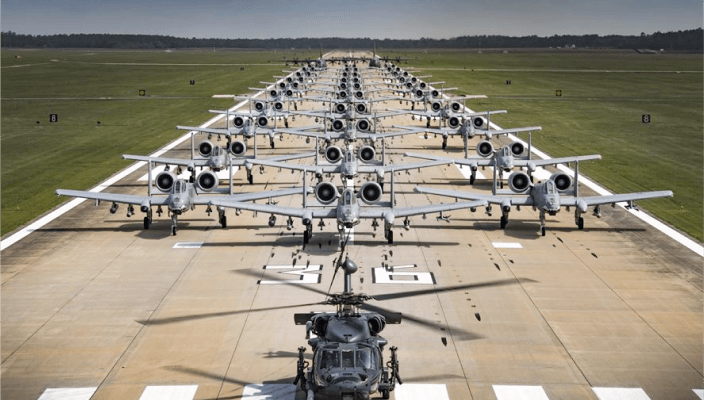
Empowering actors at all levels with a smart set of options at the right time and place demands procuring the most effective, efficient, and resilient set of tools.
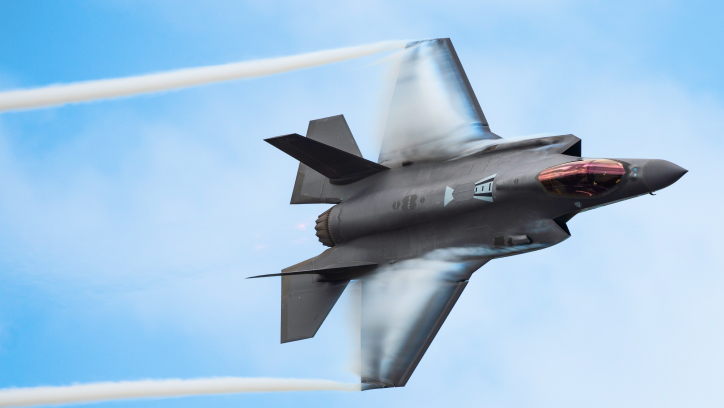
No matter the mission, from air superiority and long range strike to air mobility and command and control, a broad range of missions executed in the air provide vital options at the strategic, operational, and tactical realms.
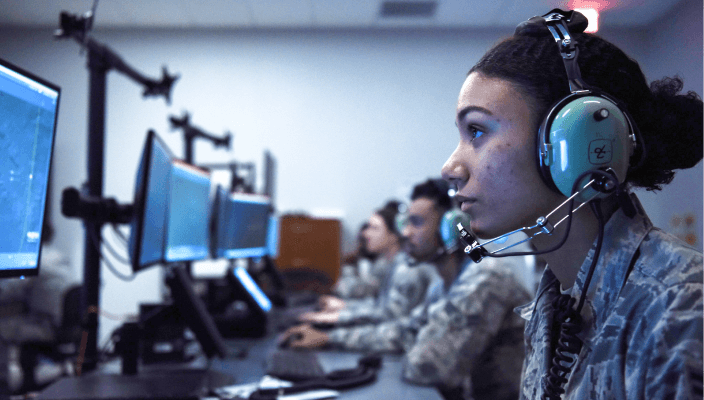
Resource investment must prioritize investments that will yield best value for the Air Force, Space Force, and national security establishment as a whole.
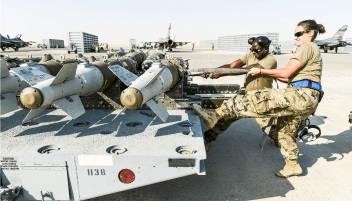
Strategic deterrence is the bedrock of the national security enterprise thanks to the virtues and value of the triad.
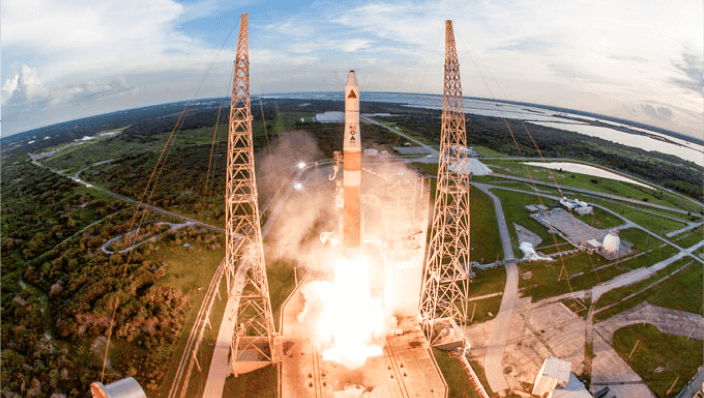
National security space activities are essential facets of any military operation, while also creating conditions essential for the civilian economy.